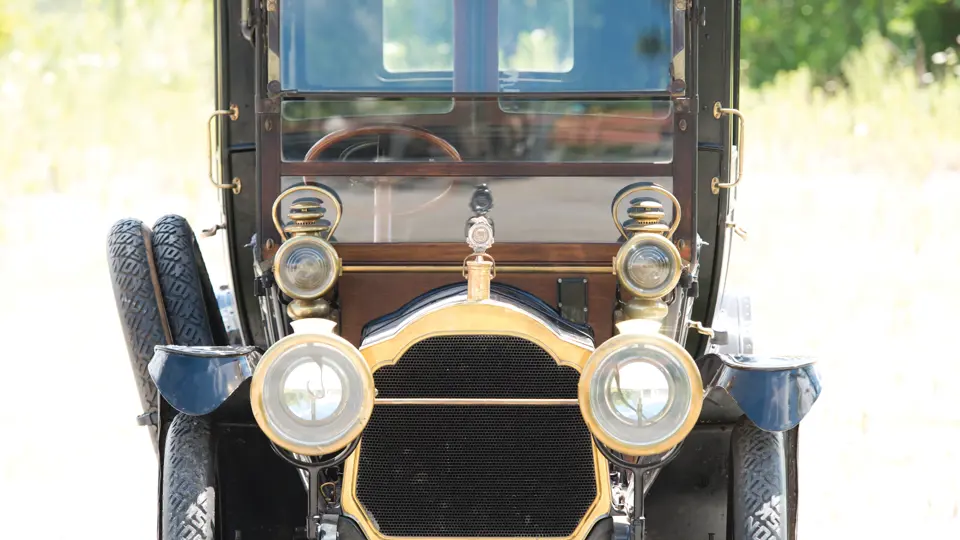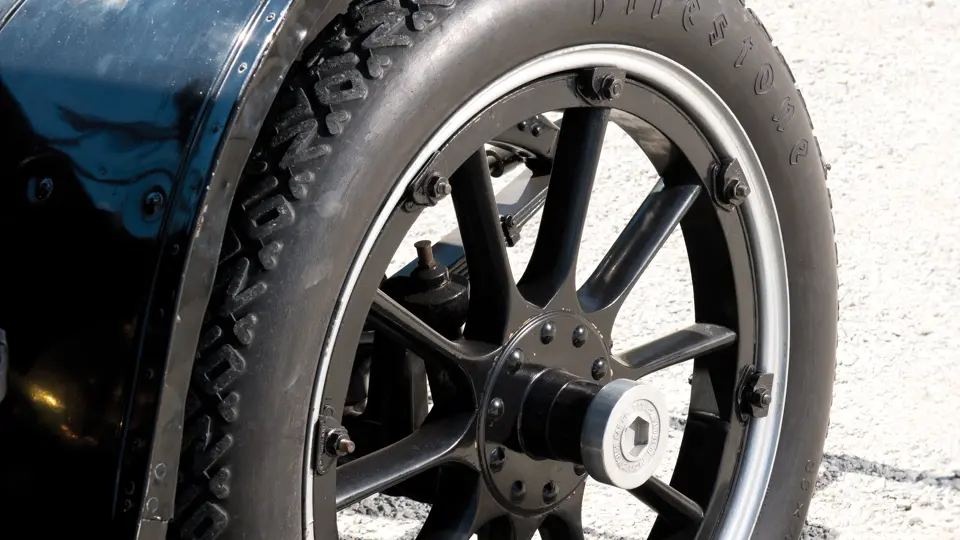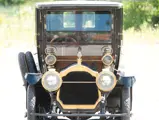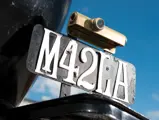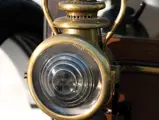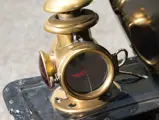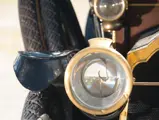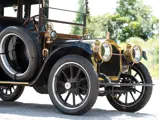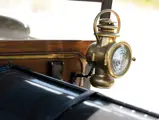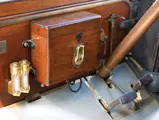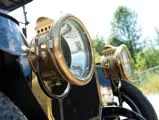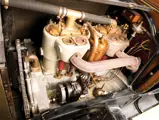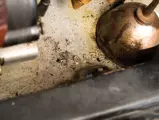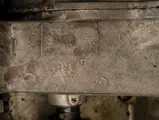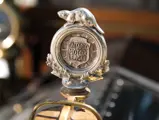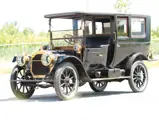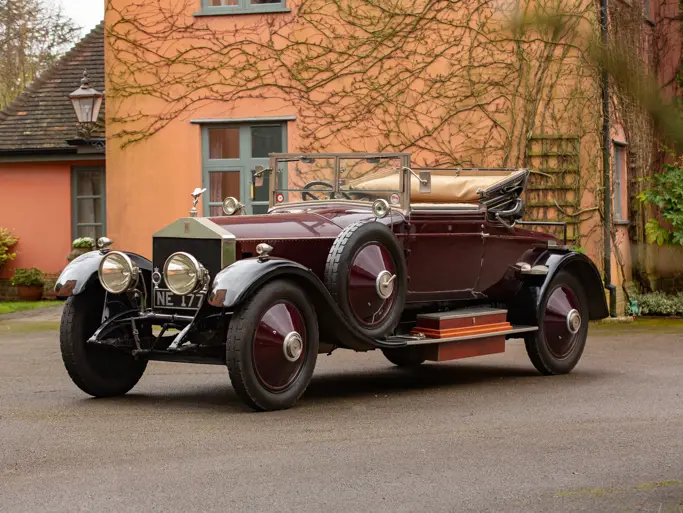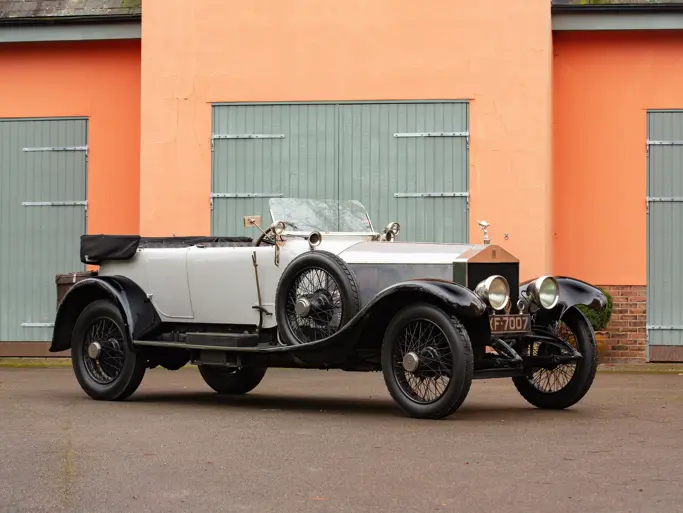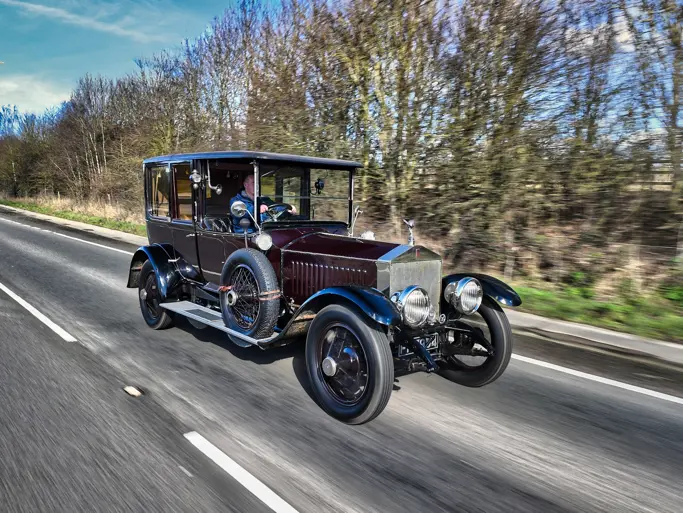30 bhp, 431.9 cu. in. T-head inline four-cylinder engine, three-speed manual transmission, solid front axle with semi-elliptic leaf springs, live rear axle with semi-elliptic leaf springs, and rear-wheel mechanical drum brakes. Wheelbase: 123.5 in.
No discussion of great American automobiles of the Brass Era is complete without mention of what were, at the time, known as the Three Ps, Packard, Peerless, and Pierce-Arrow, which were the finest cars that money could buy. What the history books usually fail to mention is that Packard was, far and away, the king of the Three Ps; it not only outlived Peerless and Pierce by decades, but it also outsold them most every year. The automaker on East Grand Boulevard in Detroit built a worldwide reputation for excellence and unparalleled owner loyalty on the strength of cars like the Model 30, which was Packard’s standard-bearer from 1907 until 1912.
The Model 30’s 431.9-cubic inch T-head four produced a namesake 30 horsepower at a comically lazy 650 rpm; the modern reading would be closer to 60 horses transmitted to the wooden wheels by a three-speed transaxle. During the six years of production, the wheelbase was extended, larger wheels were installed, and a variety of body styles was created. Quality of construction was beyond compare, with Packard reportedly utilizing French-made castings throughout, and every car was exercised exhaustively on a demanding test track prior to delivery. The car was known for its surprising power and for its ease of operation, as compared to other automobiles of the time.
This was Packard’s last, and arguably greatest, four-cylinder model. A survey of owners through the years records an astonishing number that kept and drove their cars for decades, long after many would have assumed such an “old car” would have been obsolete for modern use. In the 1910s, the wealthy motorist assumed that the car he or she bought would last until forever. If they bought a 30, they were probably right.
The Limousine offered here is believed to have been purchased new by Mrs. Charles M. Whitney, possibly a member of the prominent banking family, who had homes in New York and Louisiana. It was eventually given to or inherited by the family’s chauffeur in New Orleans, and in 1947, it was spotted there in a local carriage house by Frank Franklin, who was, at the time, a 19-year-old college student. With youthful persistence, Franklin was eventually able to track down the chauffeur on his bar stool at a French Quarter watering hole. Within a short time, he was able to arrange an even trade: the Packard Limousine for a bottle of Cutty Sark. That is a deal that could only happen in the Big Easy.
Mr. Franklin carefully spent the next five days driving his new acquisition home to Houston, later recalling that he experienced no overheating problems or break downs of any kind. It remained in his care in central Texas for over 60 years, prior to its recent acquisition out of long-term museum display by the present owner.
The car still wears its original 1914 and 1915 license plates from New York and Louisiana, as well as a 1914 New Orleans city plate and an Ontario Motor League radiator mascot (apparently from early journeys “north of the border”). It remains in astonishing, wonderful original condition. The carpet and paint are all original, as is the beautifully preserved, ornate upholstery in the rear passenger compartment; the mahogany woodwork is lovely, and even the undercarriage is clean and intact. Only the upholstery on the driver’s seat is not original, as it required correct replacement leather years ago. It is among the brassiest of the brass cars, as all of its hinges, most of its fittings, and the door and grab handles are all brass. While the engine was rebuilt some time ago, this Packard is reported to start with ease and to still be a pleasure to drive and enjoy, using its original Eisemann KBJ magneto.
Presented as a newfound treasure, “the Cutty Sark Packard” is ready to make its mark on the Preservation Class at its new owner’s favorite concours, where it can demonstrate the enduring excellence of one of the great cars of its era.




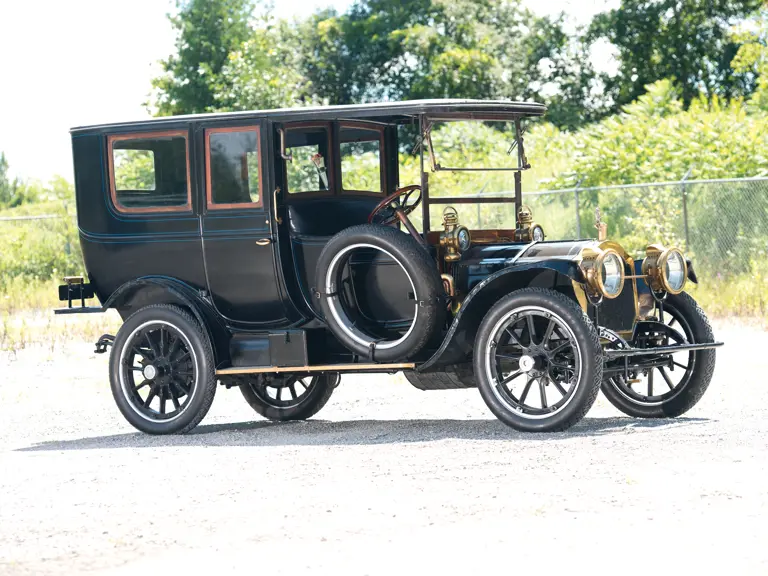

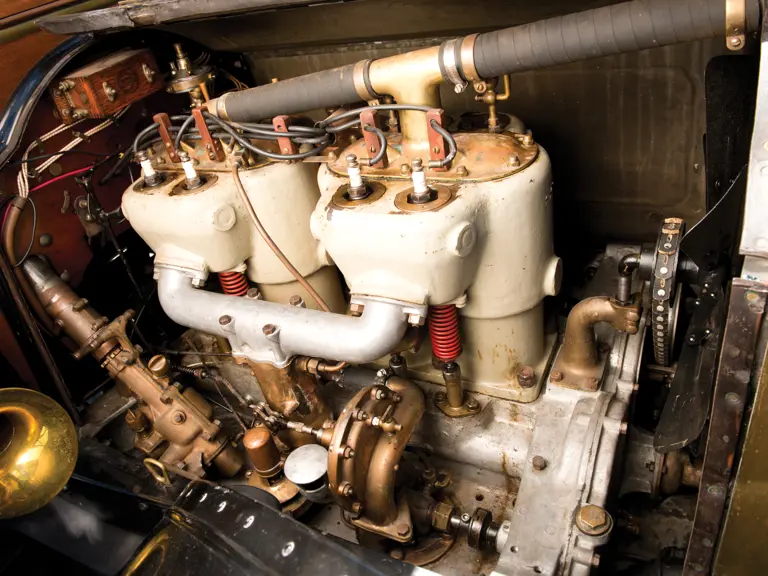
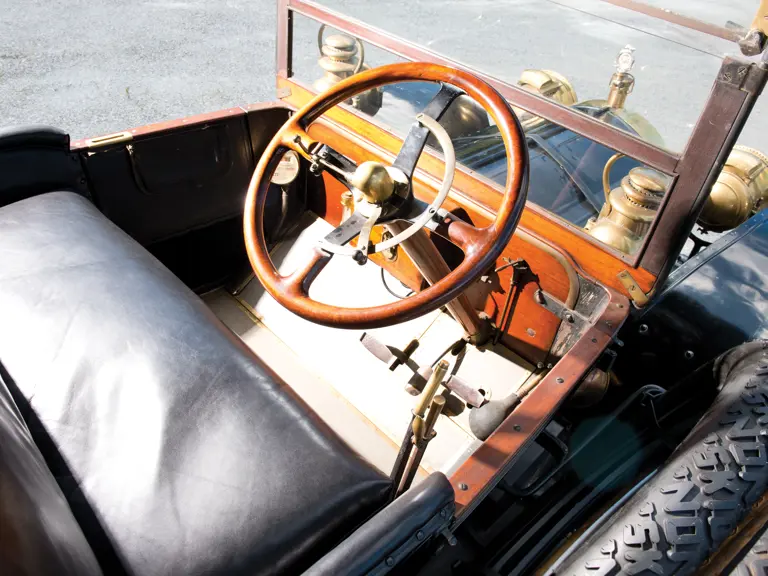
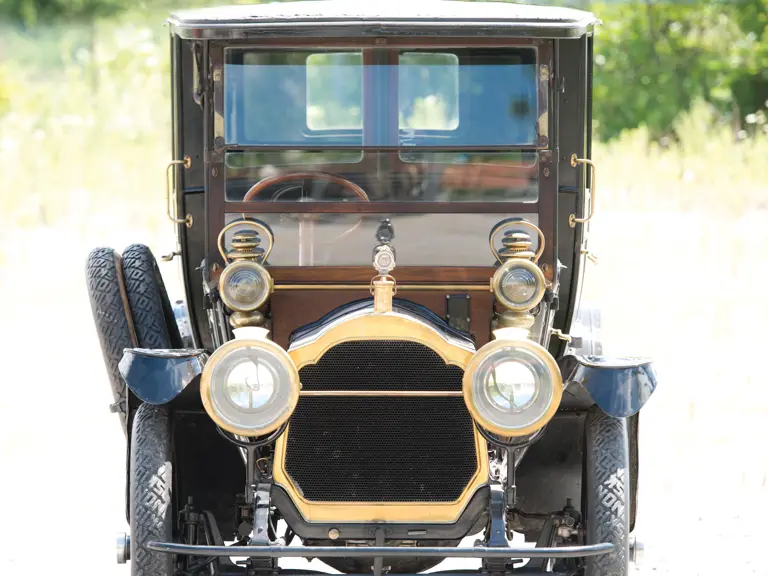

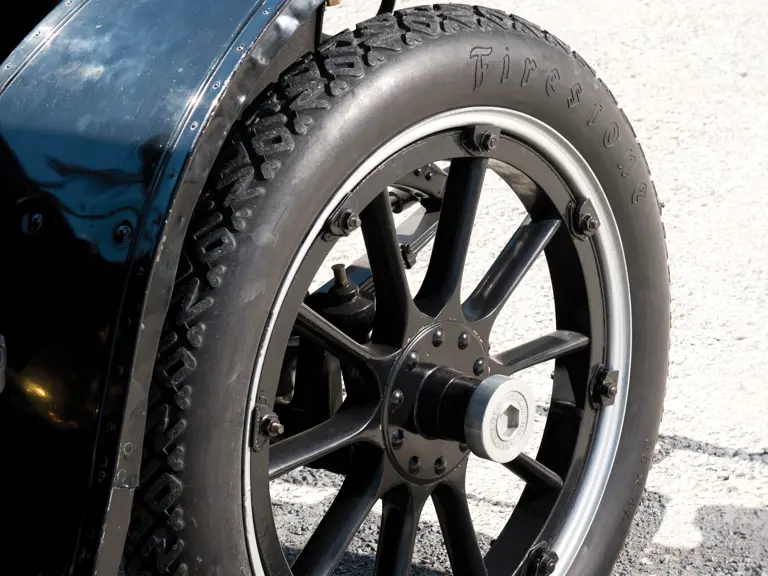
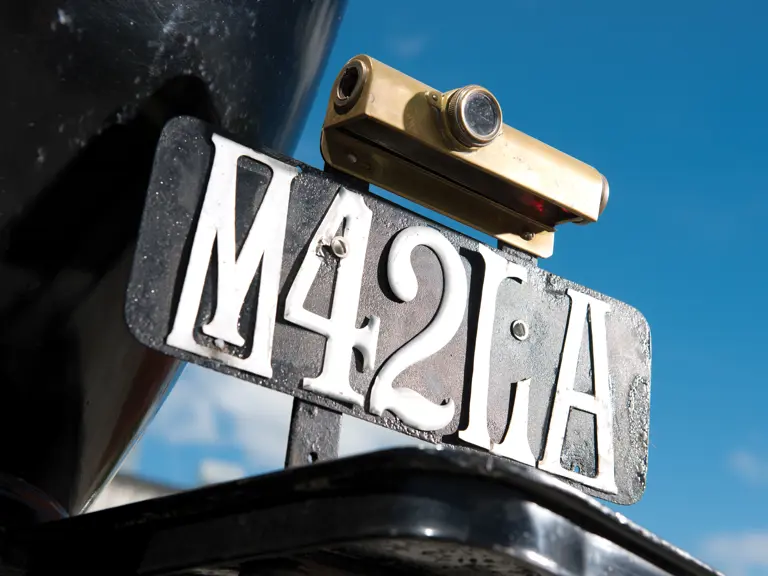

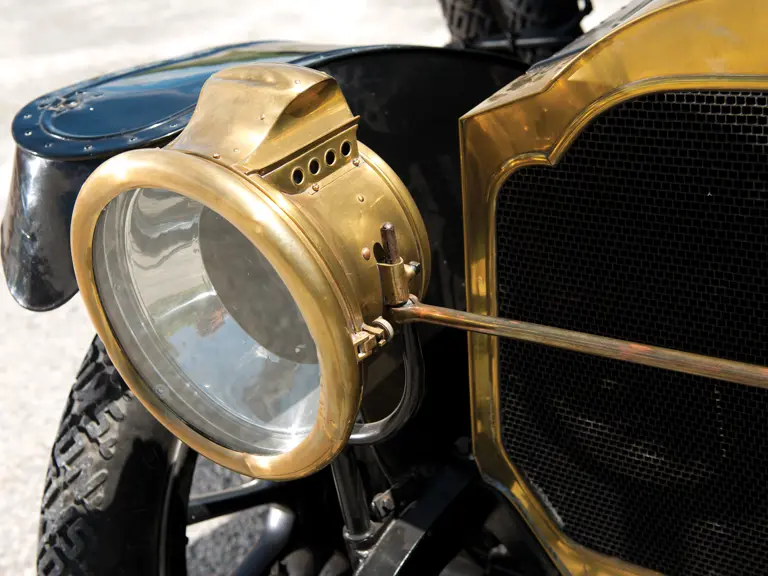
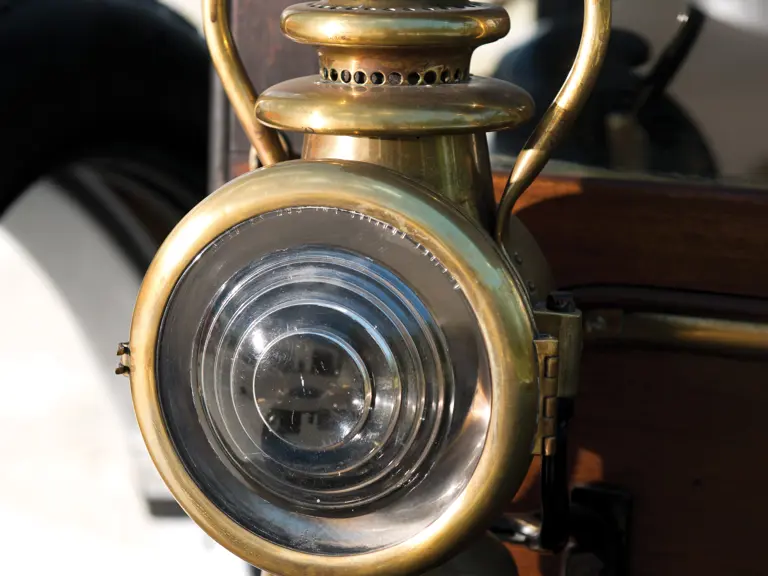
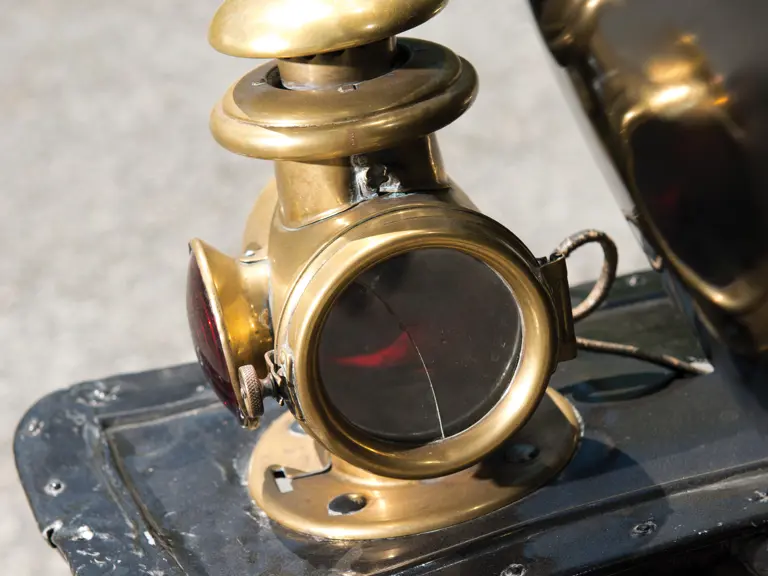



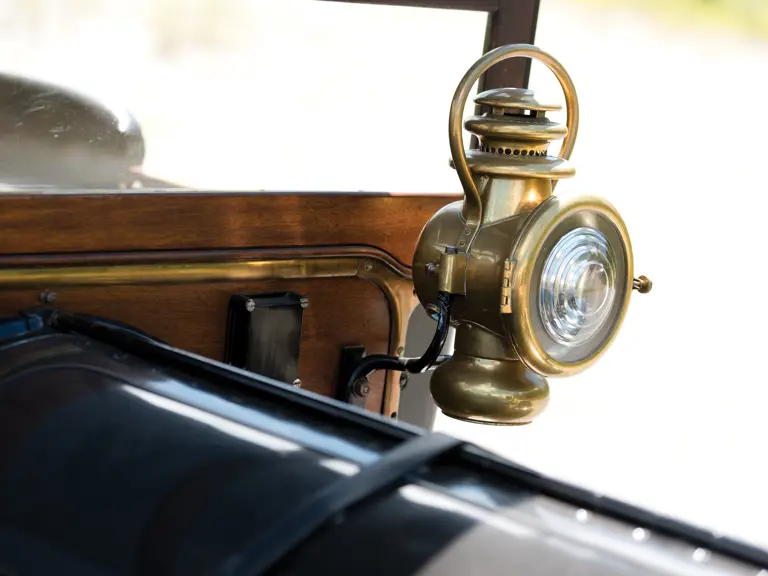
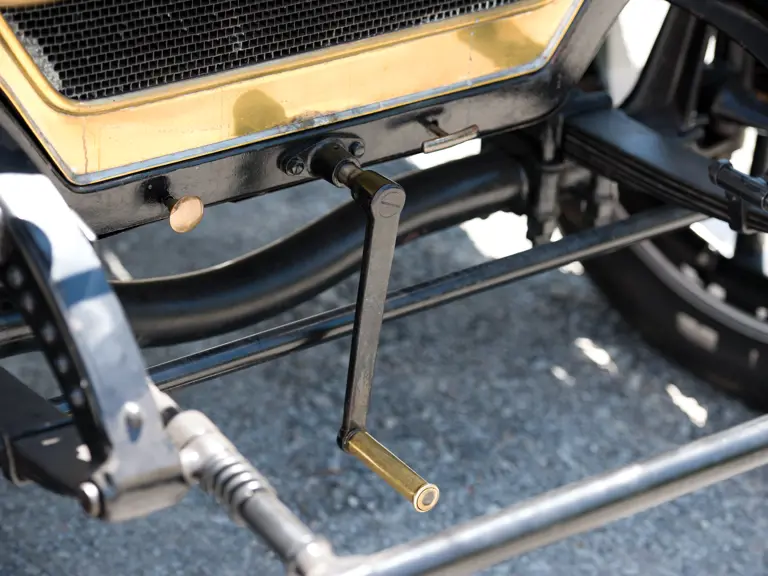

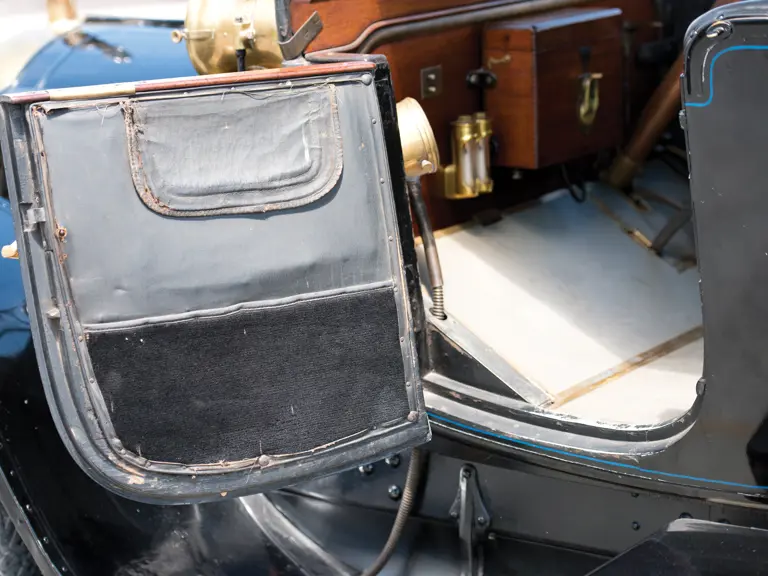

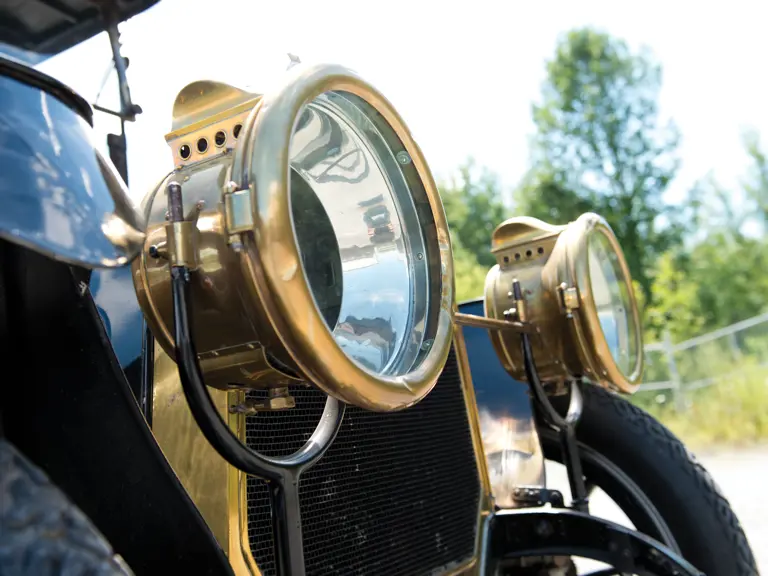
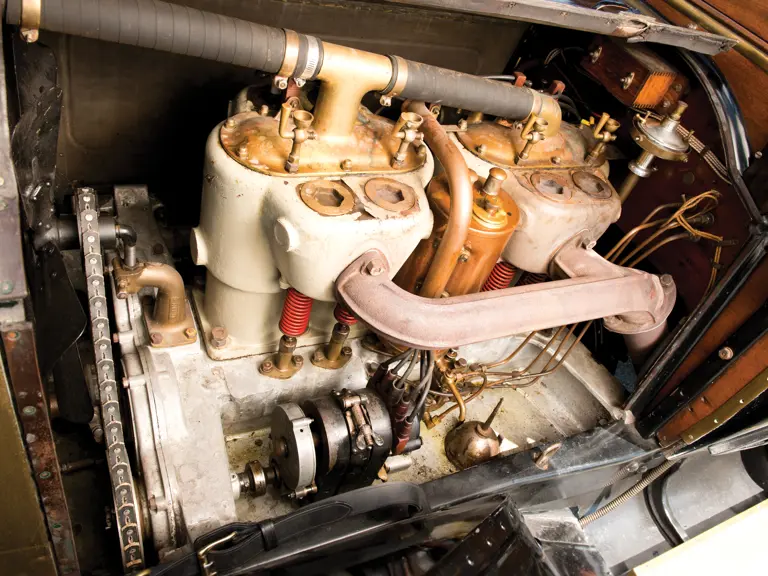
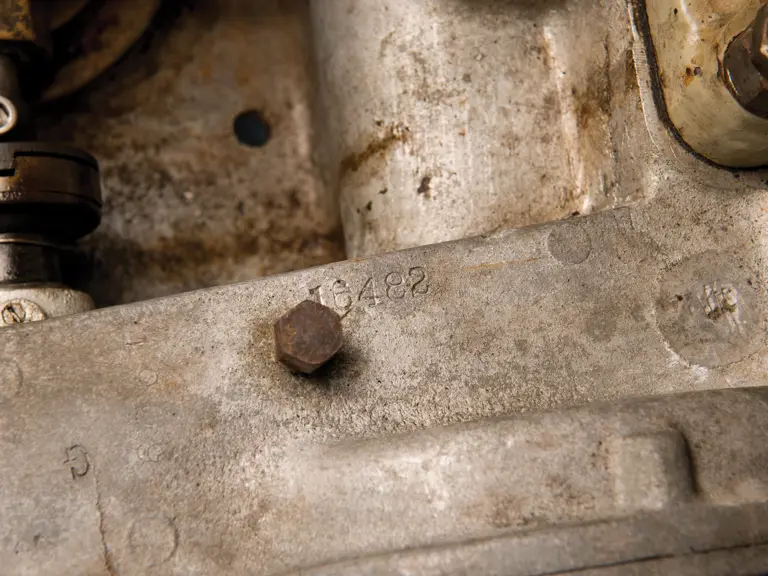
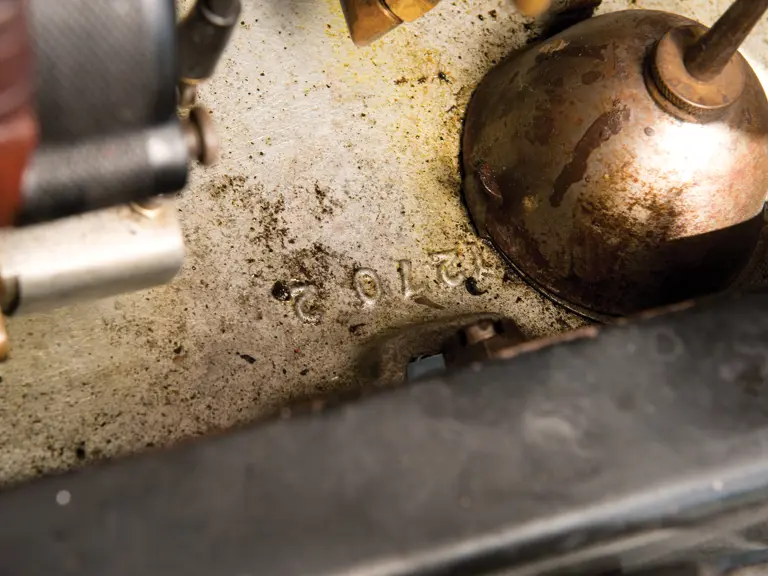

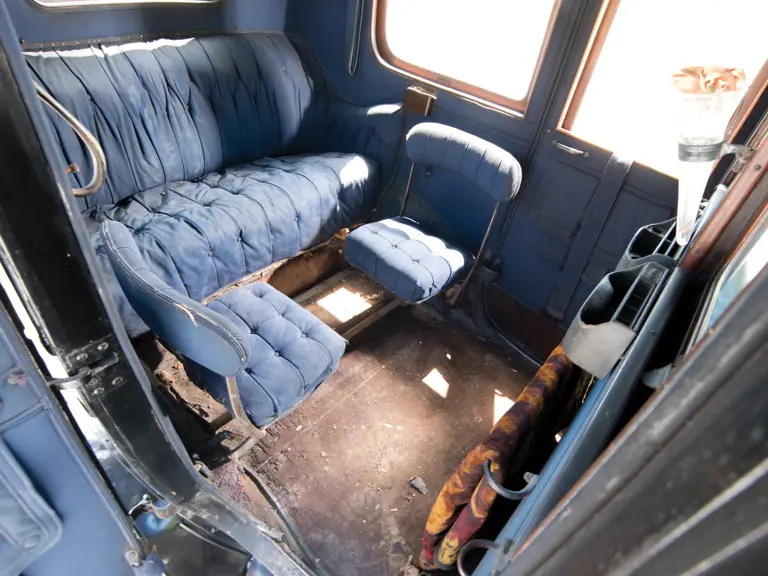

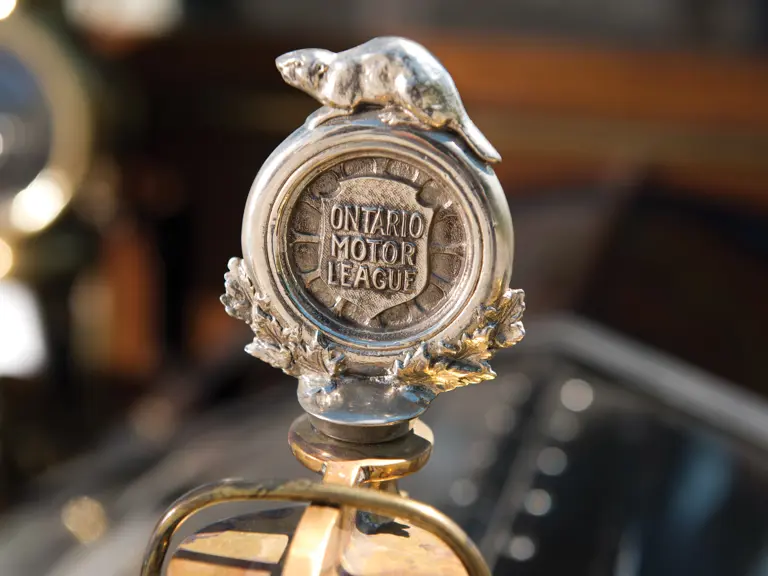
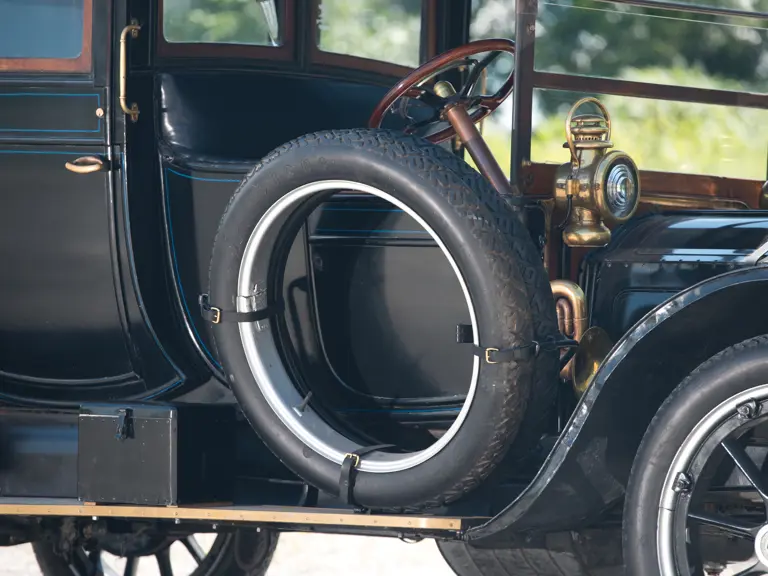
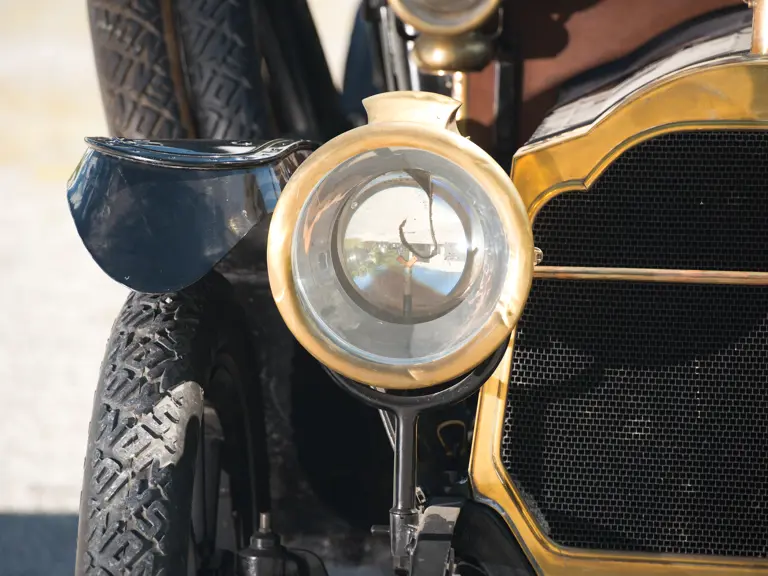


 | Hershey, Pennsylvania
| Hershey, Pennsylvania
